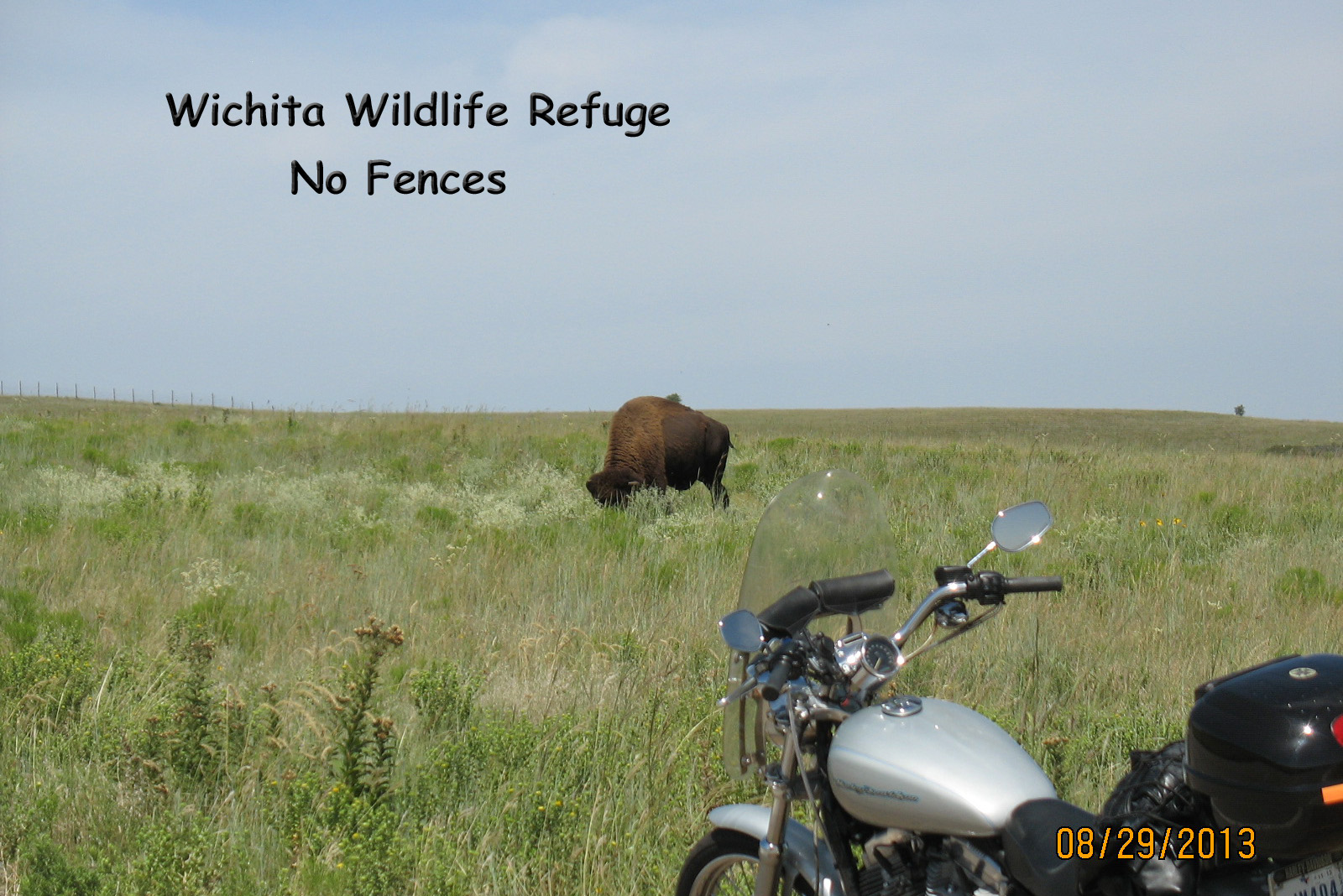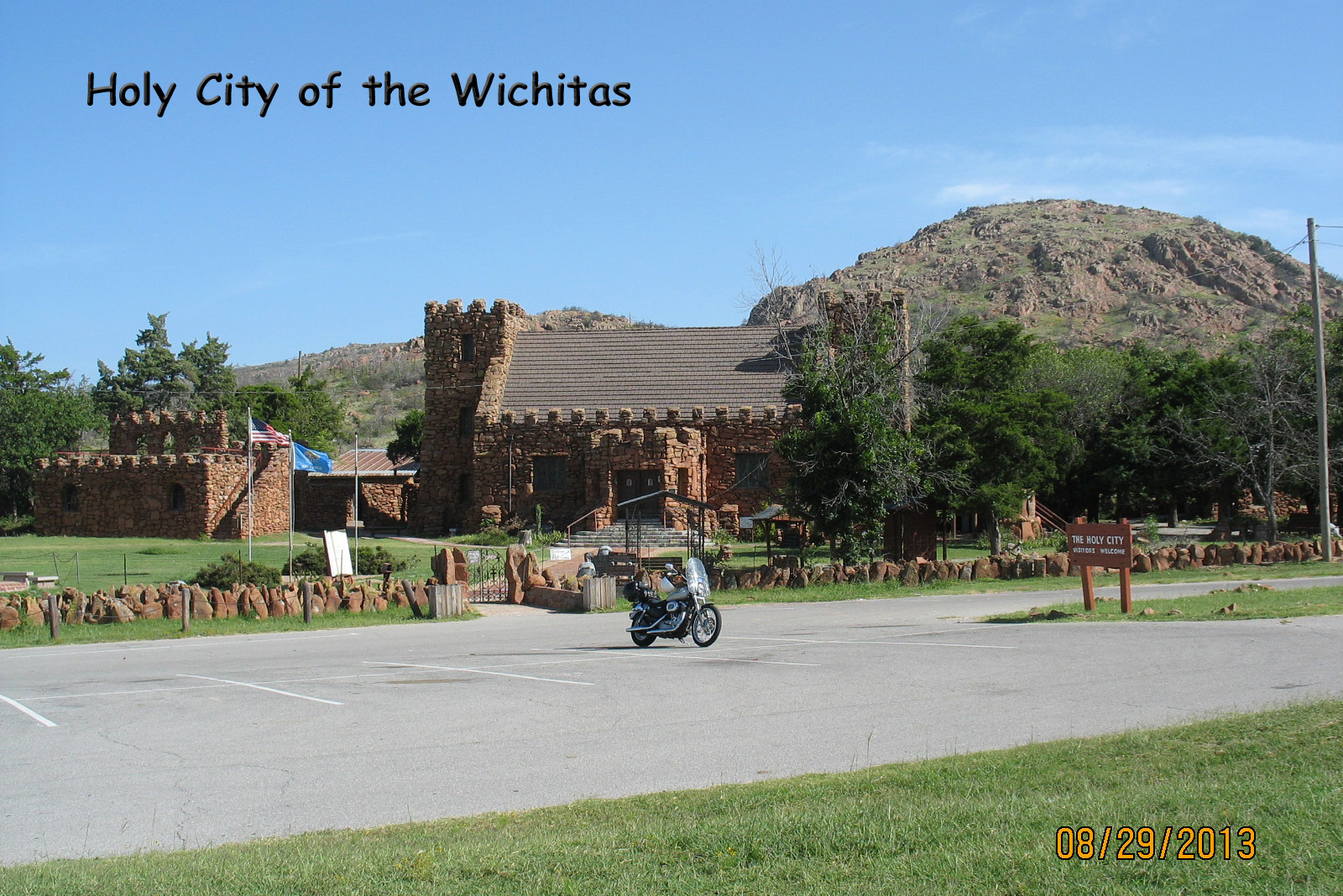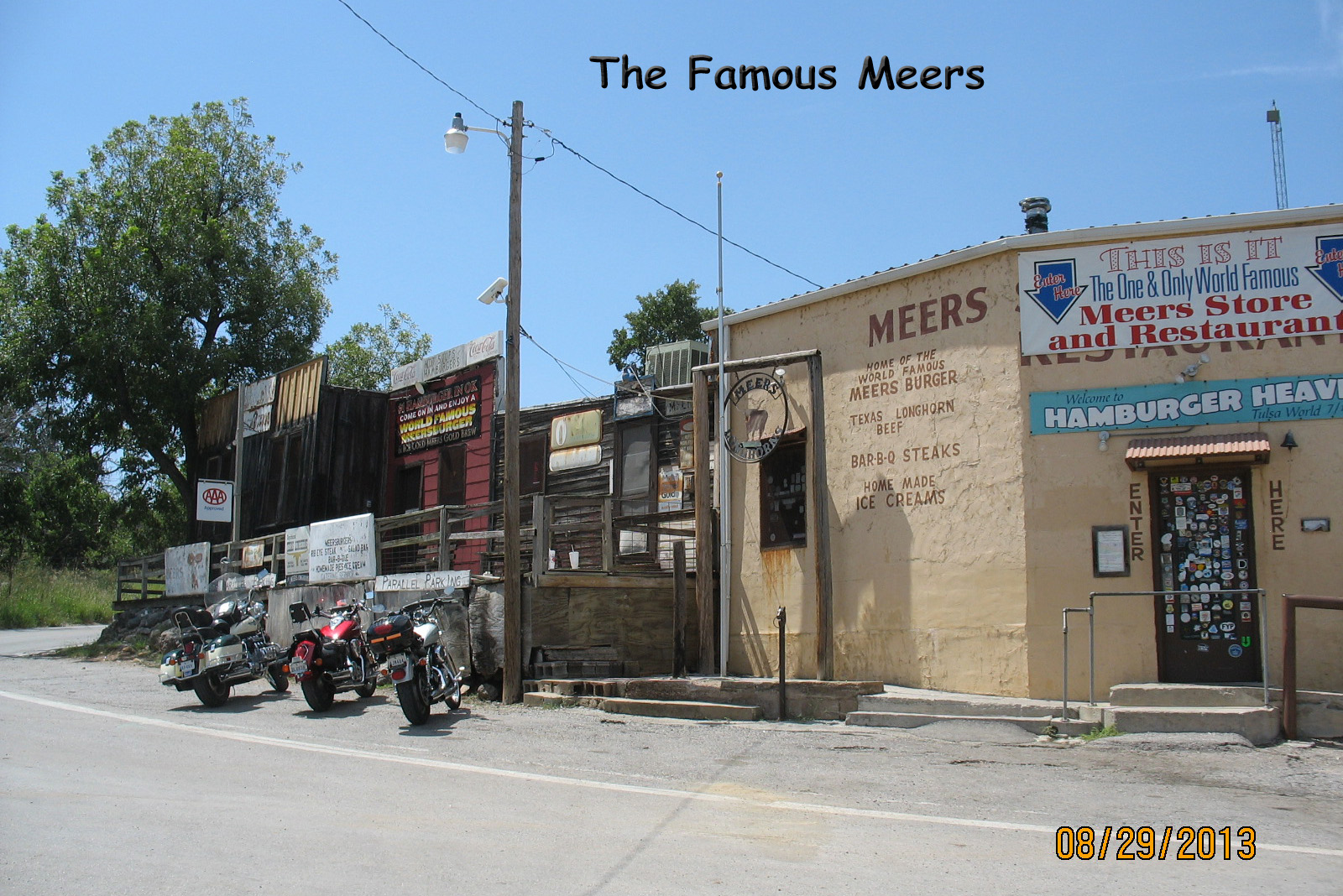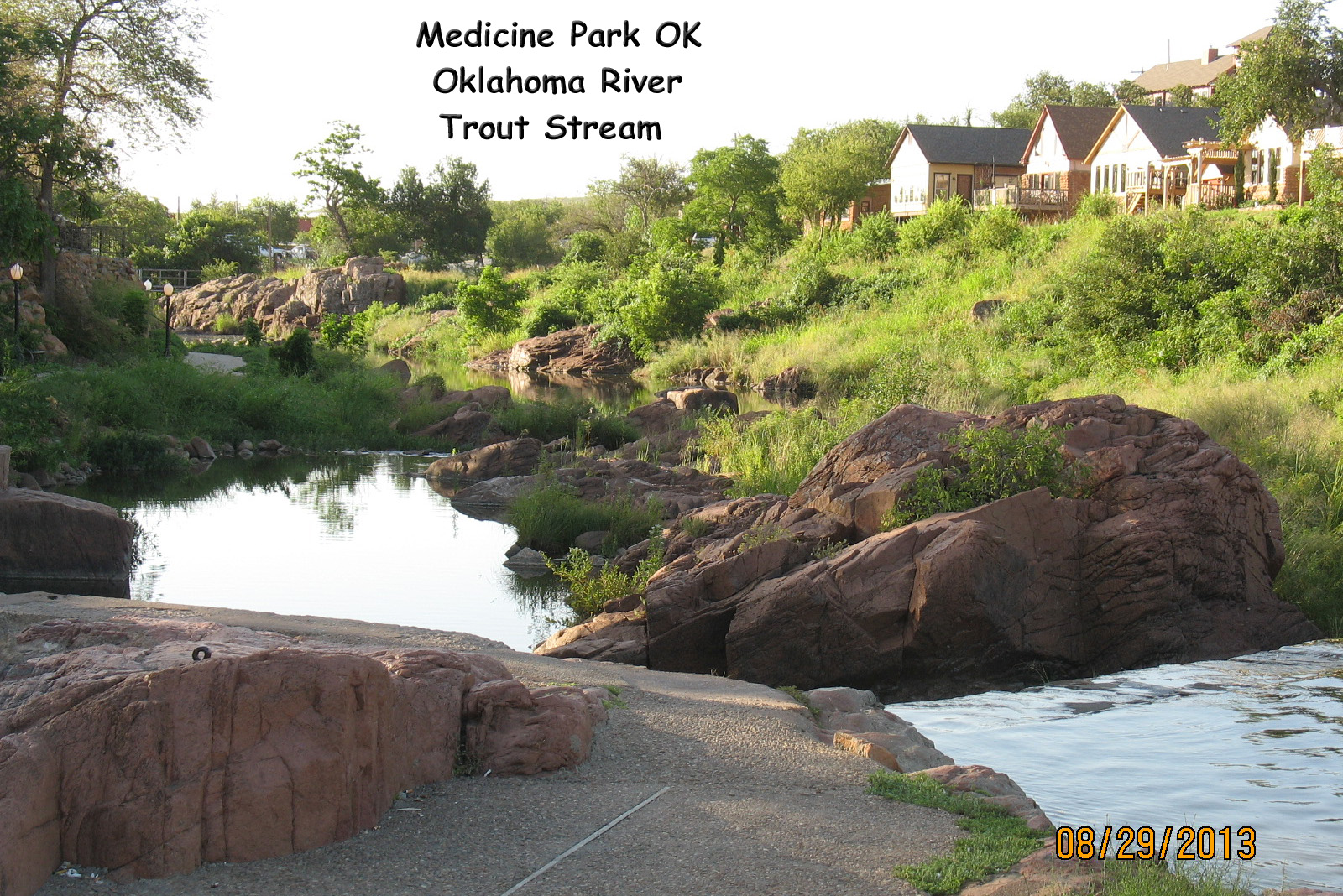
In 2010 I didn't make the ride up to the Wichita Mountains
due to schedule conflicts. I decided my ride should be less ambitious
than last year's trek to Big Bend, wishing to limit the time in the saddle to 6
hours in order to avoid pinched nerve pain. While Mt Scott (in the Wichita
Mountains) is only 2,464 ft., it is a tall mountain for Oklahoma (the second
tallest). Note: The only thing around the Metroplex resembling a mountain
is the parking ramp at the Galleria Shopping Center. This resulted in
excellent sightseeing for the Sportster's passenger.
This year I jumped the gun and went just prior to Labor Day weekend.
Since I am not working, I thought dodging the holiday traffic and holiday
lodging prices would be advisable. On my return to Plano (on Friday)
while purchasing gas and drinking water, I ran into many bikers heading out of
the Metroplex. This year has been a fairly mild summer but the days I
chose to take the ride were the hottest. I had to stop frequently
for drinking water and a dose of air conditioning as the temps ranged from 104F
to 106F.

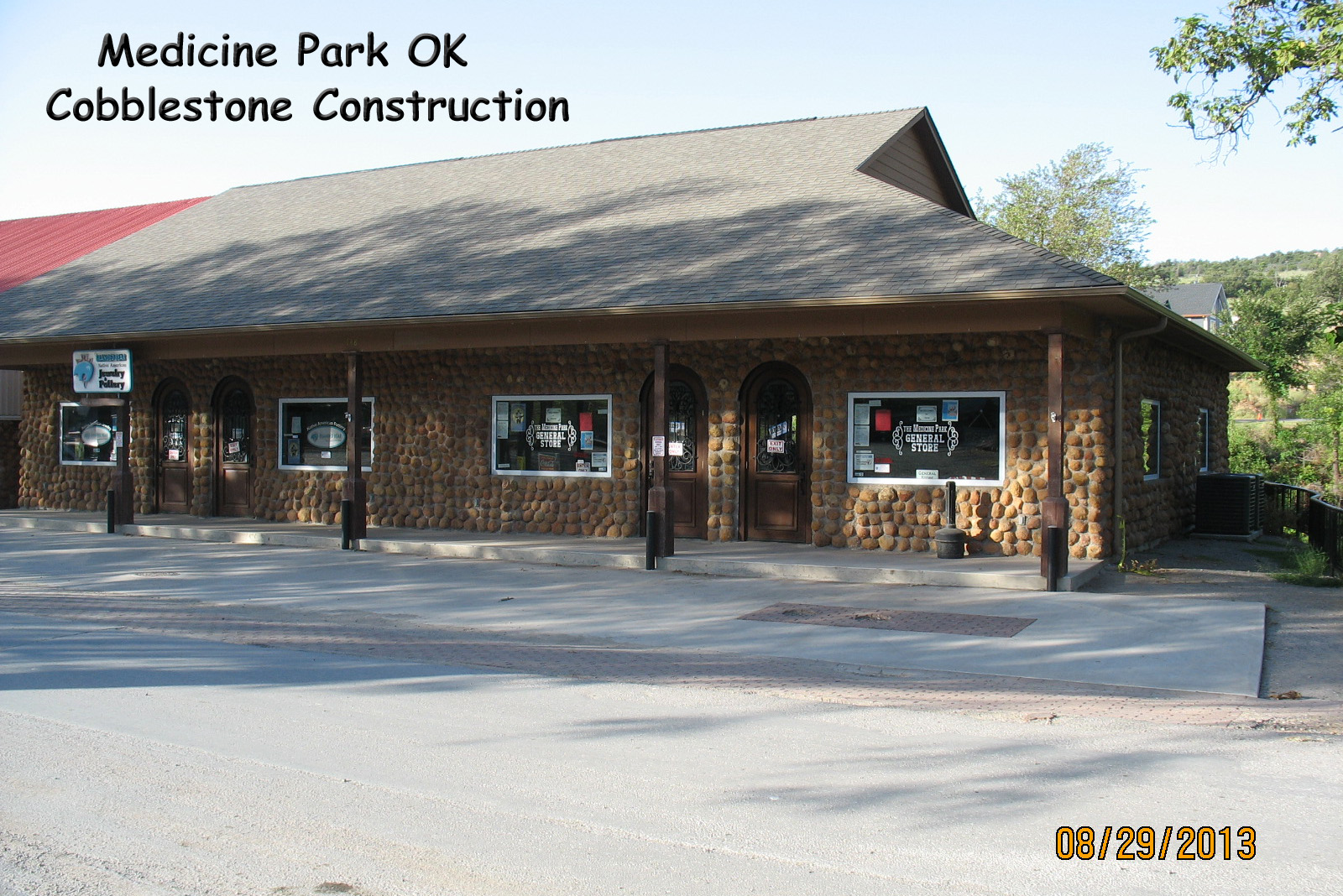
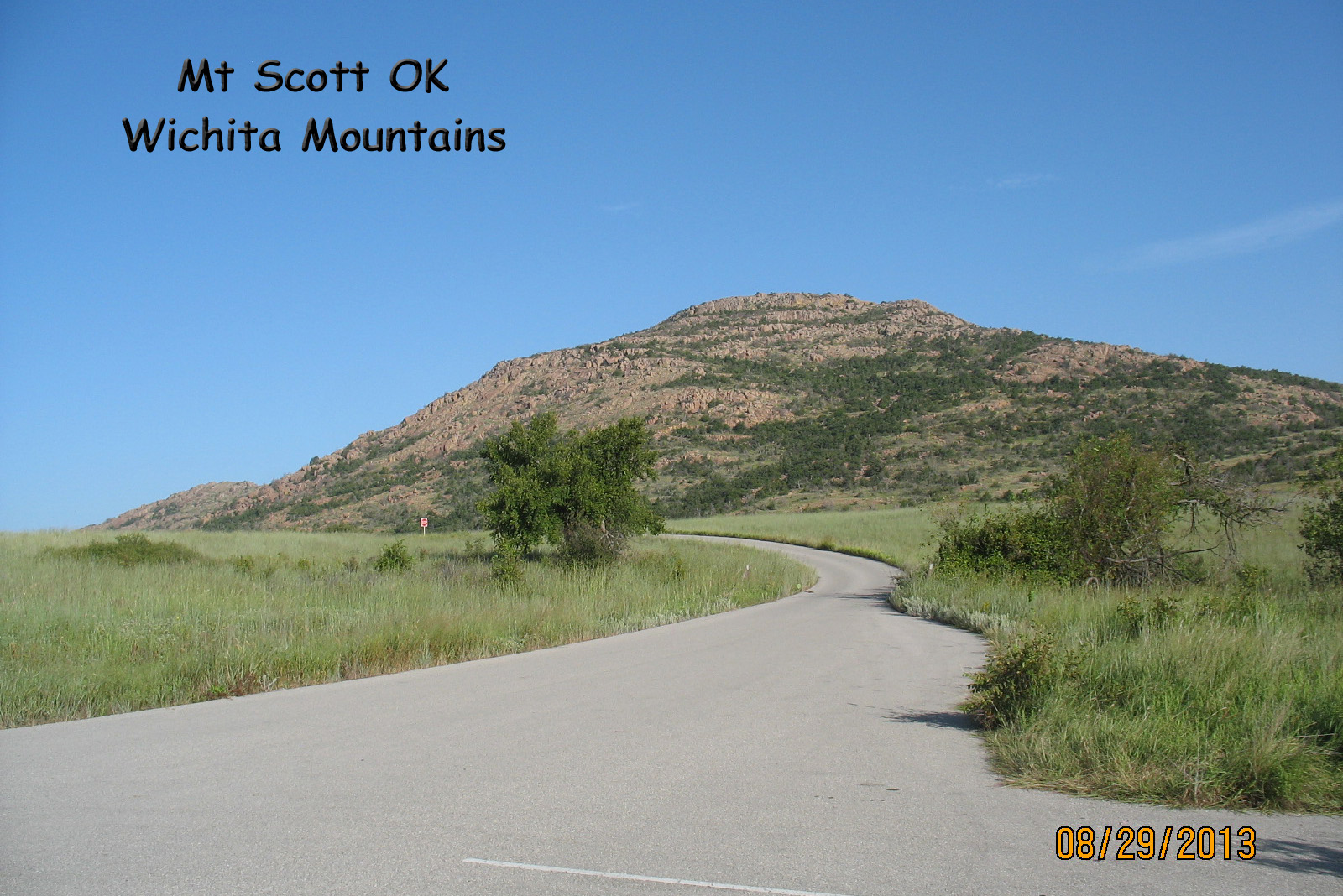
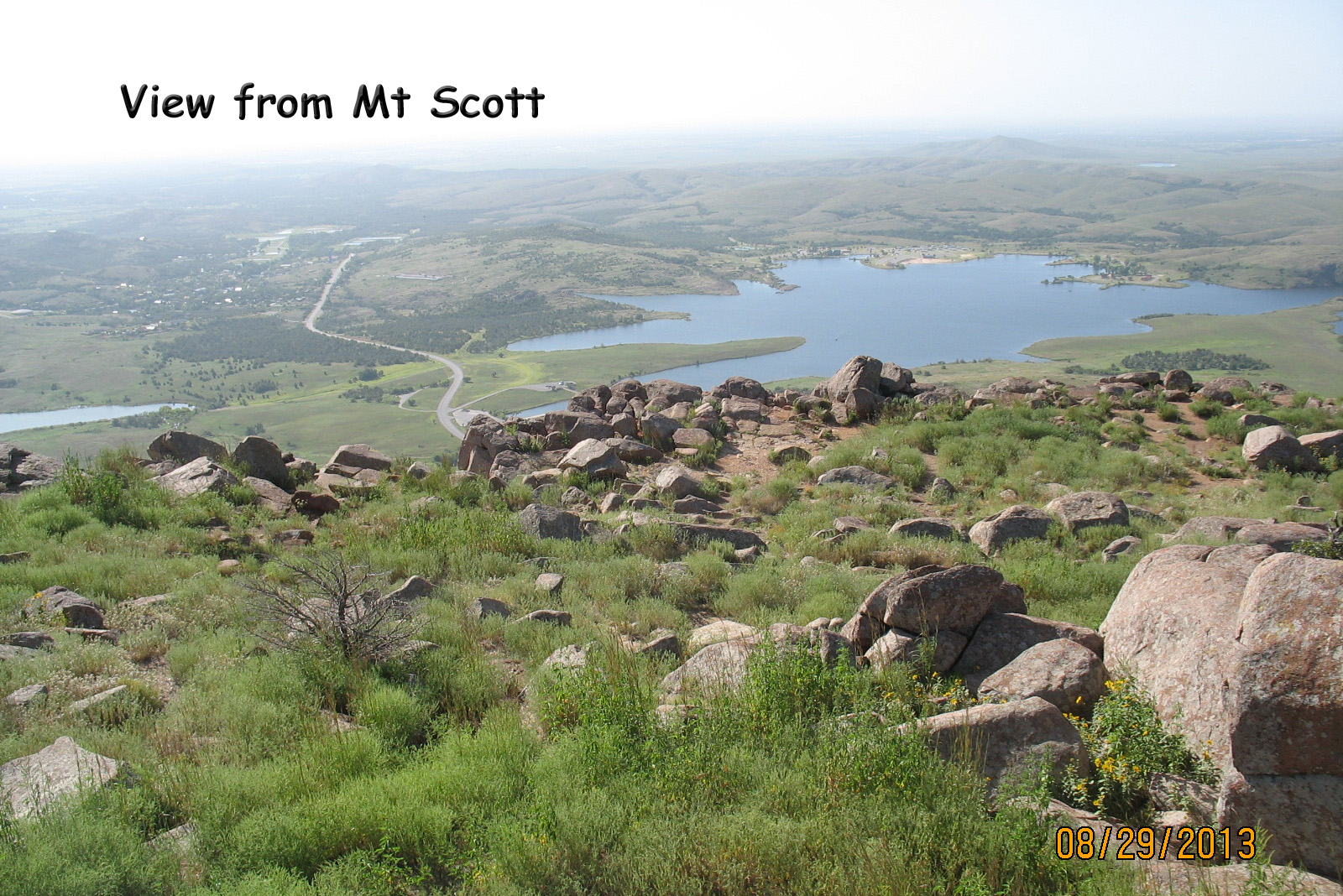
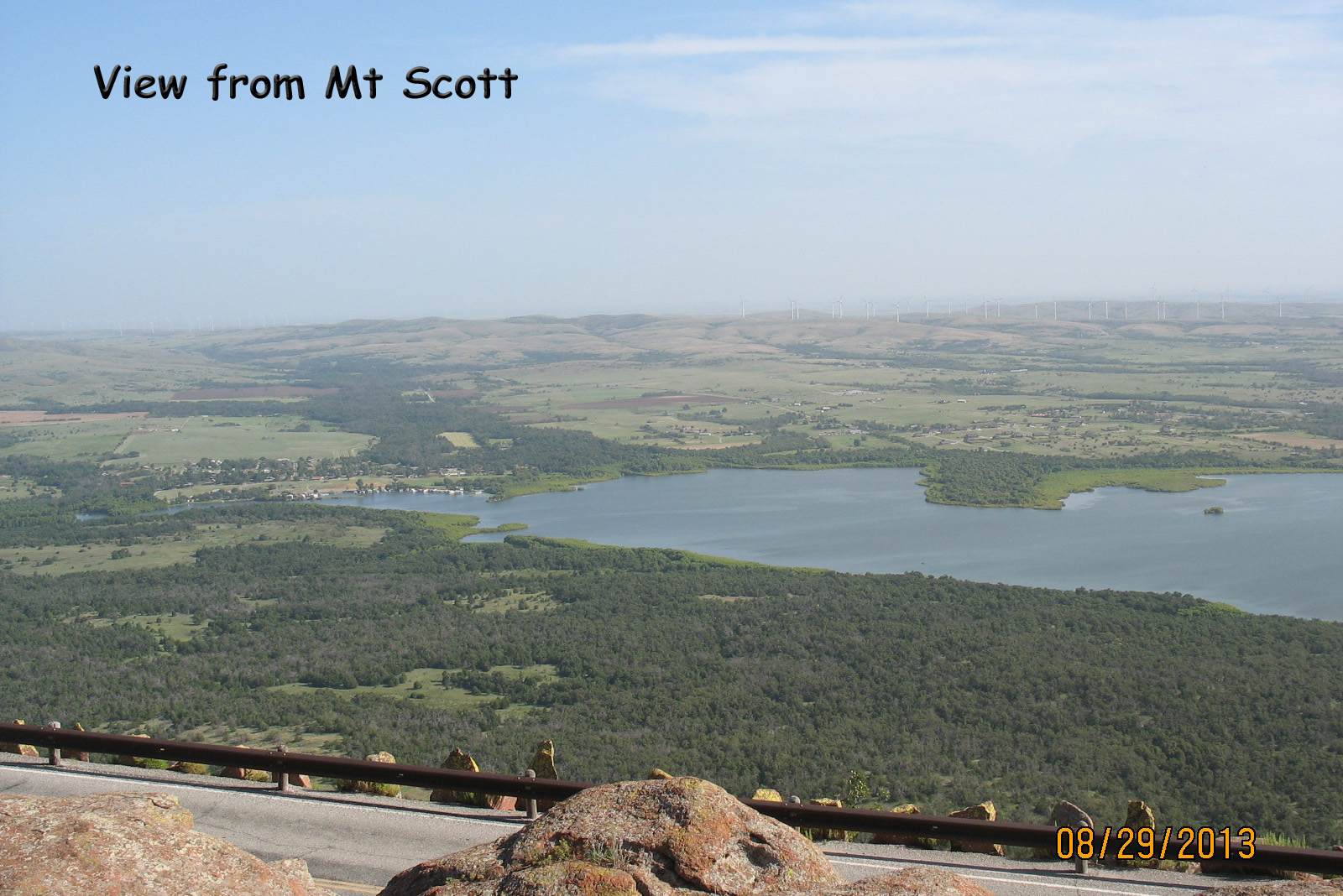
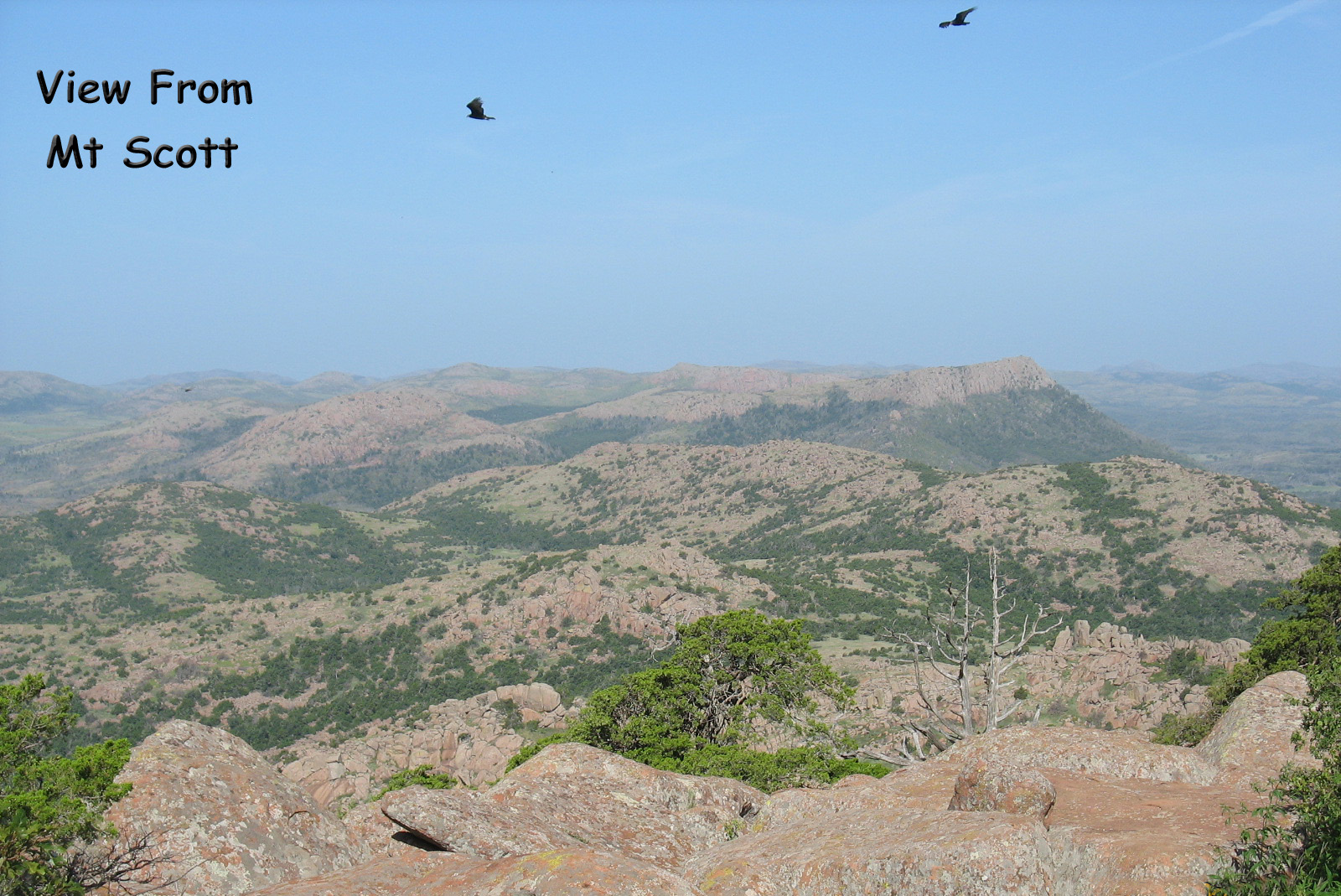
This refuge is very important to the
survival of some Native American wildlife as you will read later. The
area is well managed using a number of damns for water and
performing sectioned controlled burns to keep the underbrush ("fire fuel") to a manageable
level so that the likelihood of a catastrophic fire is minimized.
There are no fences between people and the Bison, Longhorns and Elk. However, my presence didn't seem to bother them.
Several species of large native mammals make their home at the refuge: Plains Bison, also known as the American buffalo, elk, white-tailed deer graze the prairies along with Texas longhorn cattle preserved for their cultural and historic importance. Bison, longhorns, and elk were introduced after the establishment of the refuge. Merriam's Elk, the original subspecies of elk in this area, is extinct, so the elk in the refuge are Rocky Mountain Elk. The ancestors of the herd were imported from Jackson Hole, Wyoming in 1911. The elk herd now numbers about 800 and white tailed deer about 450. Many smaller mammal species also live in the refuge, including the Nine-banded Armadillo and the Black-tailed Prairie Dog.
Note: Prairie Dogs are important to
the survival of the Bison. The Prairie Dogs churn and aerete the soil that grows prairie
grass which is the main food for the Bison.
Wichita Mountains Wildlife Refuge
was important in saving the American buffalo from extinction. In 1907 the
American Bison Society transported 15 buffalo, six bulls and nine cows, from
the New York Zoological Park to the refuge. On arrival, the Comanche leader
Quanah Parker and a host of other Indians and Whites turned out to welcome the
buffalo. At that time, buffalo had been extinct on the southern Great Plains
for 30 years. The buffalo herd now numbers about 650 on the refuge. In fall,
buffalo in excess of the carrying capacity of the refuge are rounded up and
sold.
The Refuge is home to many species of birds, and it is one of the remaining homes of the endangered Black-capped Vireo.
